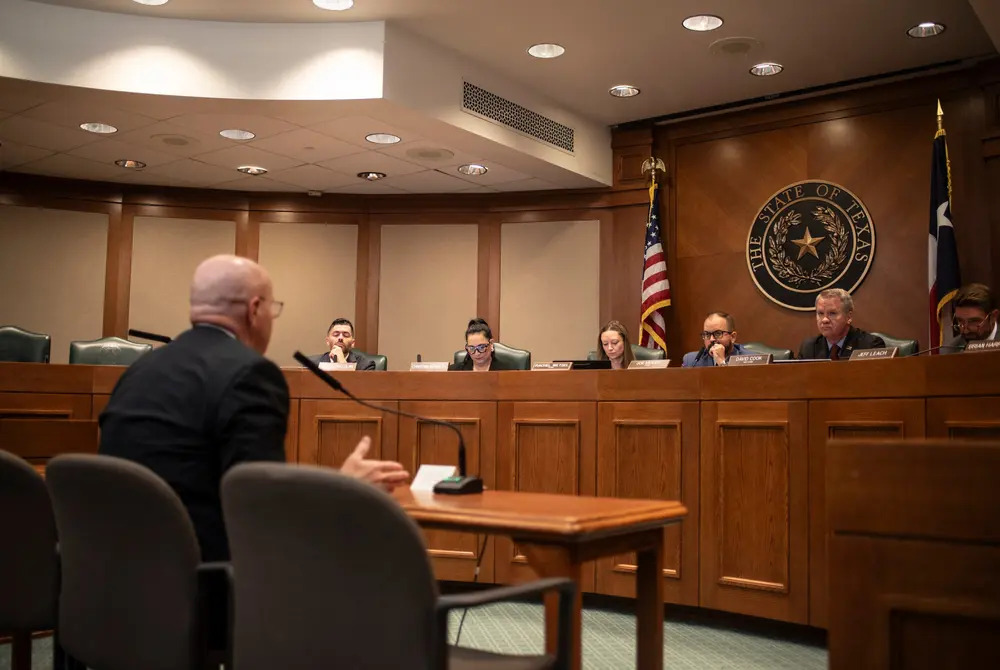The legal dispute involving a Texas death row inmate, Robert Roberson, has emerged as a crucial case before the Texas Supreme Court. It centers on whether a legislative committee has overreached by issuing a subpoena for Roberson to testify—a move contested by the executive branch as a potential infringement on its authority to execute capital sentences.
In 2002, Robert Roberson was convicted of killing his two-year-old daughter, Nikki Curtis. The child had been diagnosed with shaken baby syndrome, a conclusion that suggested abuse. However, recent scrutiny of scientific evidence used in Roberson’s trial raises questions about the accuracy of this diagnosis. New medical insights suggest that symptoms linked to shaken baby syndrome could also result from natural medical conditions. For instance, Nikki was later found to have undiagnosed pneumonia, which experts argued might have contributed to her deteriorating health.
Roberson has persistently appealed his conviction, citing the 2013 Texas “junk science” law. This law allows courts to overturn convictions if the scientific methods used are discredited. Despite this, his attempts to secure a new trial have been unsuccessful. This ongoing legal battle reached a new height when the House Criminal Jurisprudence Committee issued a subpoena for Roberson to testify, intending to examine whether new evidence should impact his case.
The issuance of the subpoena by the committee led to a significant clash between legislative and executive branches. Texas lawmakers argue that the subpoena is essential for them to gather testimony needed to inform policy-making. They emphasize that hearing directly from Roberson could provide critical insights into the case, which has broader implications for criminal justice reforms.
The Texas Supreme Court has issued a temporary injunction to halt Roberson’s execution while it deliberates the case. The core legal question for the court is whether the legislative committee’s subpoena power can override the executive’s authority to carry out a death sentence. This situation presents a rare intersection of legislative action and executive authority in Texas, highlighting constitutional questions around the separation of powers.
Attorney General Ken Paxton’s office has contested the subpoena. They argue that stopping Roberson’s execution to comply with the legislative subpoena undermines the executive branch’s power to enforce criminal judgments. Paxton asserts that the legislative intervention disrupts the balance of power established by the Texas Constitution.
Meanwhile, the legislative committee defends its actions, maintaining that its subpoena does not assume the powers of the executive branch. They claim the execution delay is temporary and constitutionally permissible. The committee’s chairman and members insist that assessing the credibility of Roberson’s testimony is vital, especially in light of the newly considered evidence.

